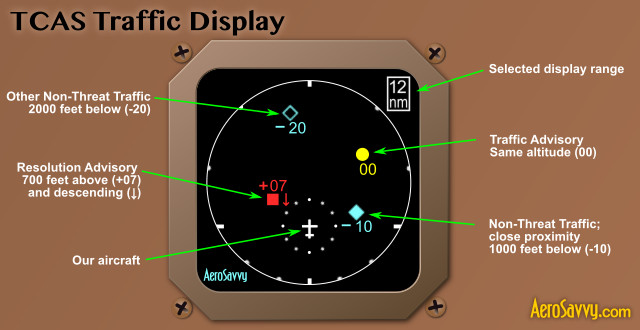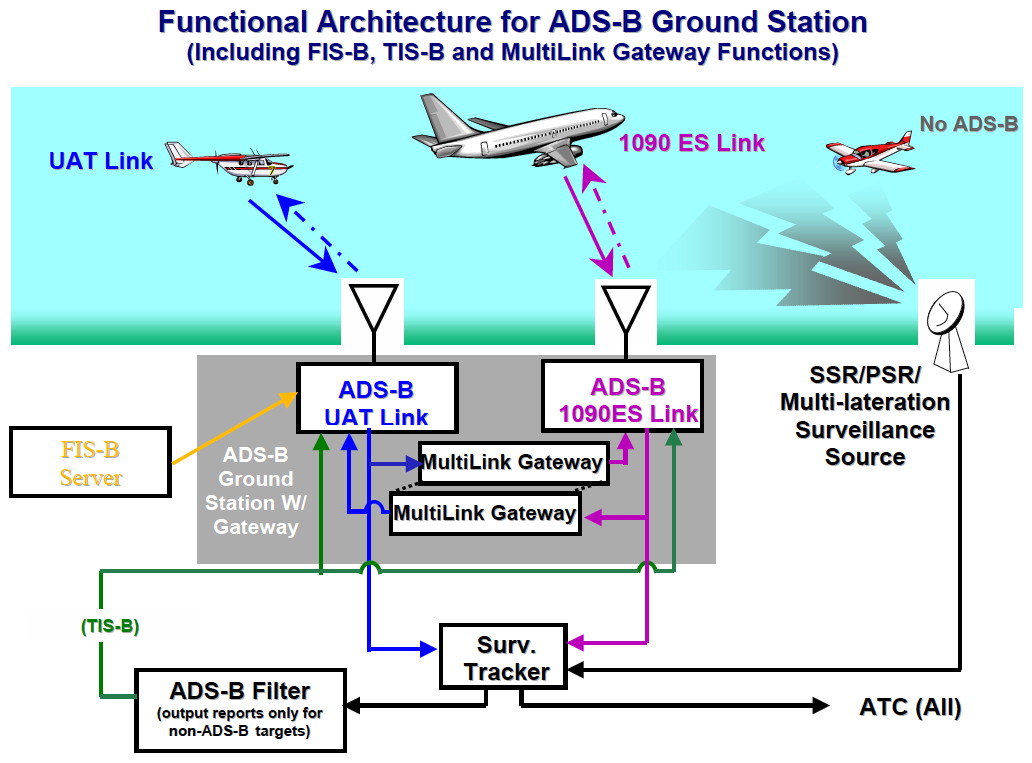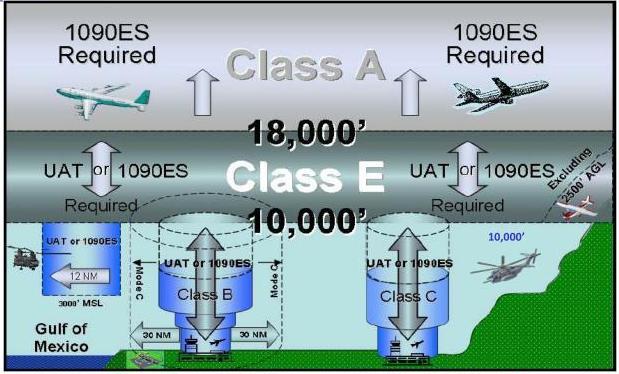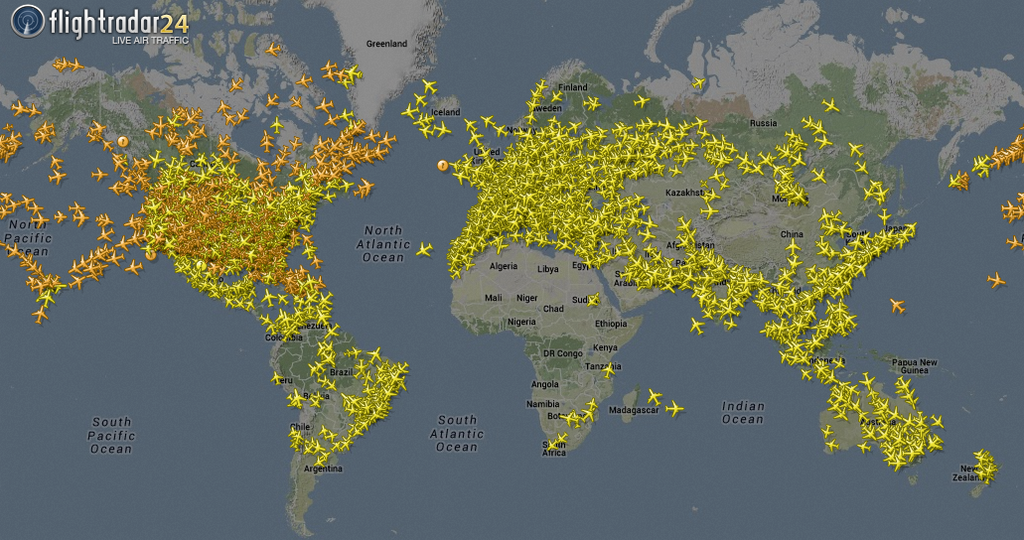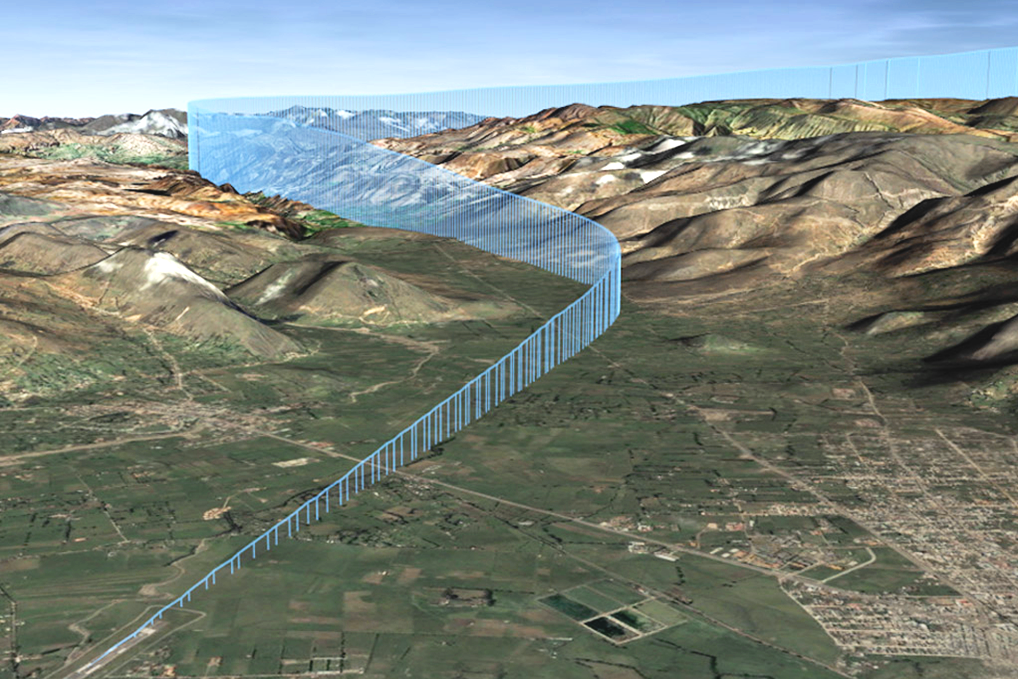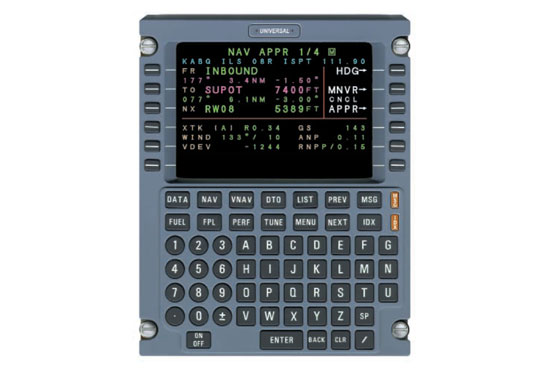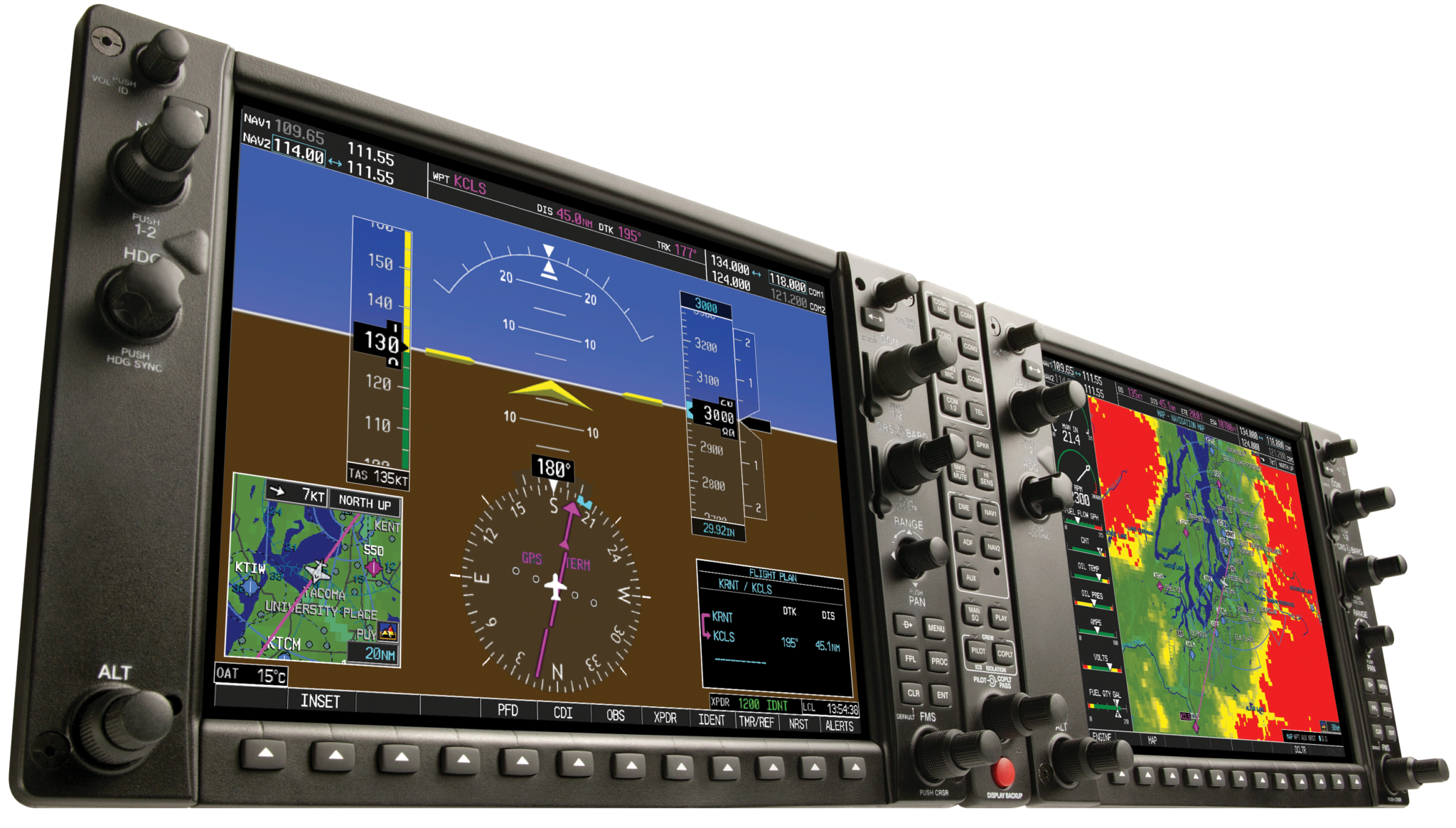Leeham News and Analysis
There's more to real news than a news release.
Bjorn’s Corner: Largest navigation change since radar, Part 5
July 13, 2018, ©. Leeham News: Last week we discussed ADS-B in capabilities and how the US second channel at 978MHz brings the bandwidth for many useful services.
Before we discuss what improvements in navigation ADS-B will bring long-term, let’s sidetrack to describe the present Traffic Collision Avoidance System (TCAS) and why it’s eventual replacement with ADS-B will improve air safety further.
Bjorn’s Corner: Largest navigation change since radar, Part 4
July 06, 2018, ©. Leeham News: Last week we discussed the different forms of ADS-B out and the reason FAA went for a second channel for the US ADS-B.
We also discussed the basic ADS-B in function, Traffic (TIS-B). Now we discuss the added functionality of the ADS-B in on 978MHz, the UAT link.
Bjorn’s Corner: Largest navigation change since radar, Part 3
June 29, 2018, ©. Leeham News: Last week we explained ADS-B out, the mandatory equipment needed from 2020 for flying in the US Airspace where a C-type transponder is needed today.
Now we continue with describing the ADS-B in, the listening capability of the system, which is nonmandatory. It offers exciting possibilities, however.
Bjorn’s Corner: Largest navigation change since radar, Part 2
June 22, 2018, ©. Leeham News: Last week we started a series of Corners that deal with the largest navigation change since VOR and Radar was introduced after the Second World War.
It’s about leaving radars and transponders to keep track of where aircraft are, letting an ADS-B transmitter/receiver in the aircraft take over this role.
Bjorn’s Corner: Largest navigation change since radar
June 15, 2018, ©. Leeham News: The worldwide aviation is heading for its largest navigation change since VOR and Radar was introduced after the Second World War.
When scheduled airline traffic started in the late 1920s, navigation was with maps and when the weather was bad, through Low-Frequency Radio beacons. Then the VOR and Radar were introduced. Now we will replace these as well.
Bjorn’s Corner: Aircraft stability, Part 9
June 8, 2018, ©. Leeham News: In the last Corner we discussed how a pilot uses the advanced Automatic Flight Control System (AFCS) on modern high-end business jets and airliners.
Now we will discuss what separates the high-end (and expensive) systems from the less capable we described before. It’s about flying difficult routes which contain demanding takeoffs and approaches.
Bjorn’s Corner: Aircraft stability, Part 5
May 11, 2018, ©. Leeham News: In the last Corner, we discussed more capable autopilots used in general aviation aircraft and the Attitude and Heading Reference System (AHARS) we needed to go to more advanced autopilots.
We will now discuss the more advanced autopilots one finds in Turboprops and entry-level Business jets.



